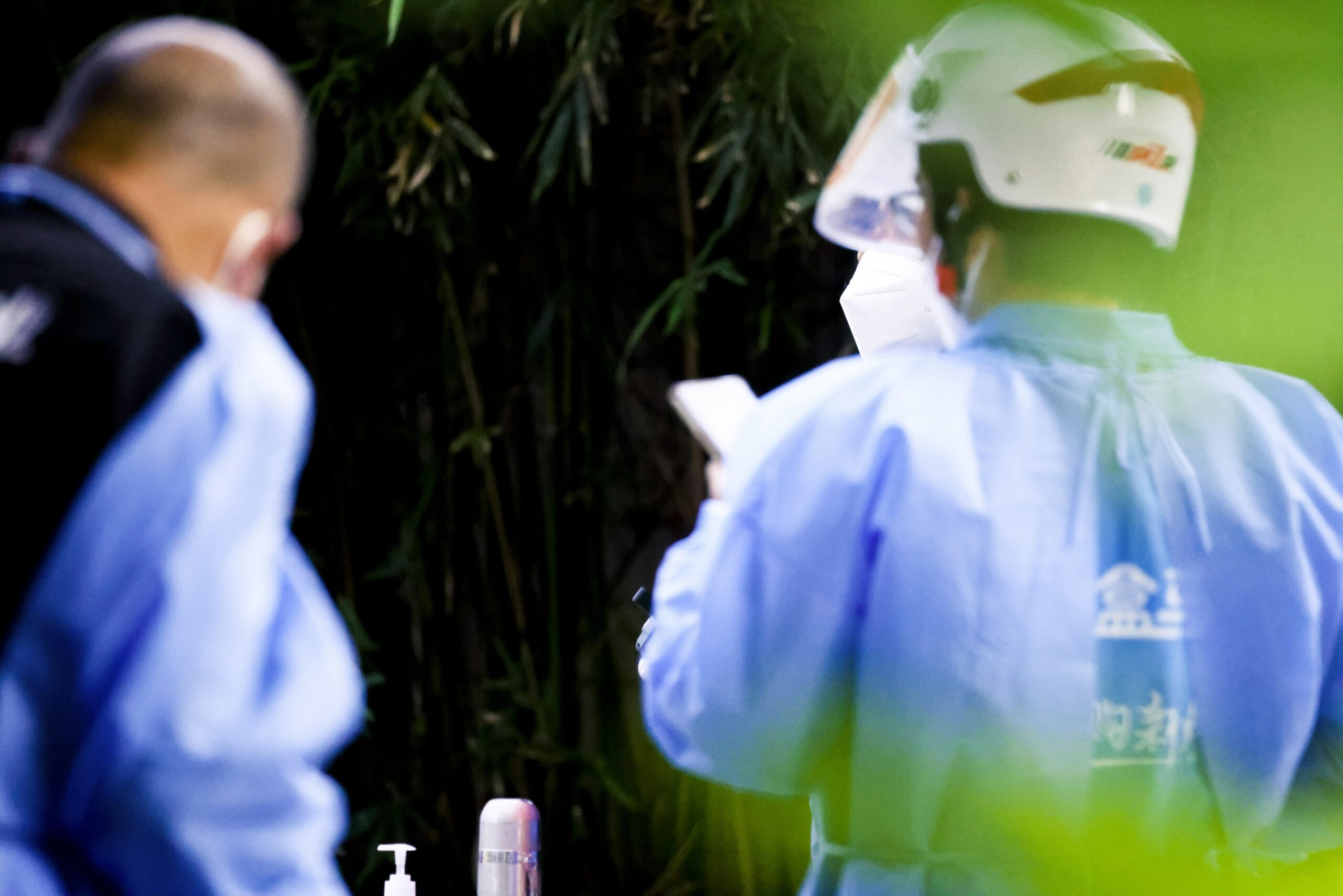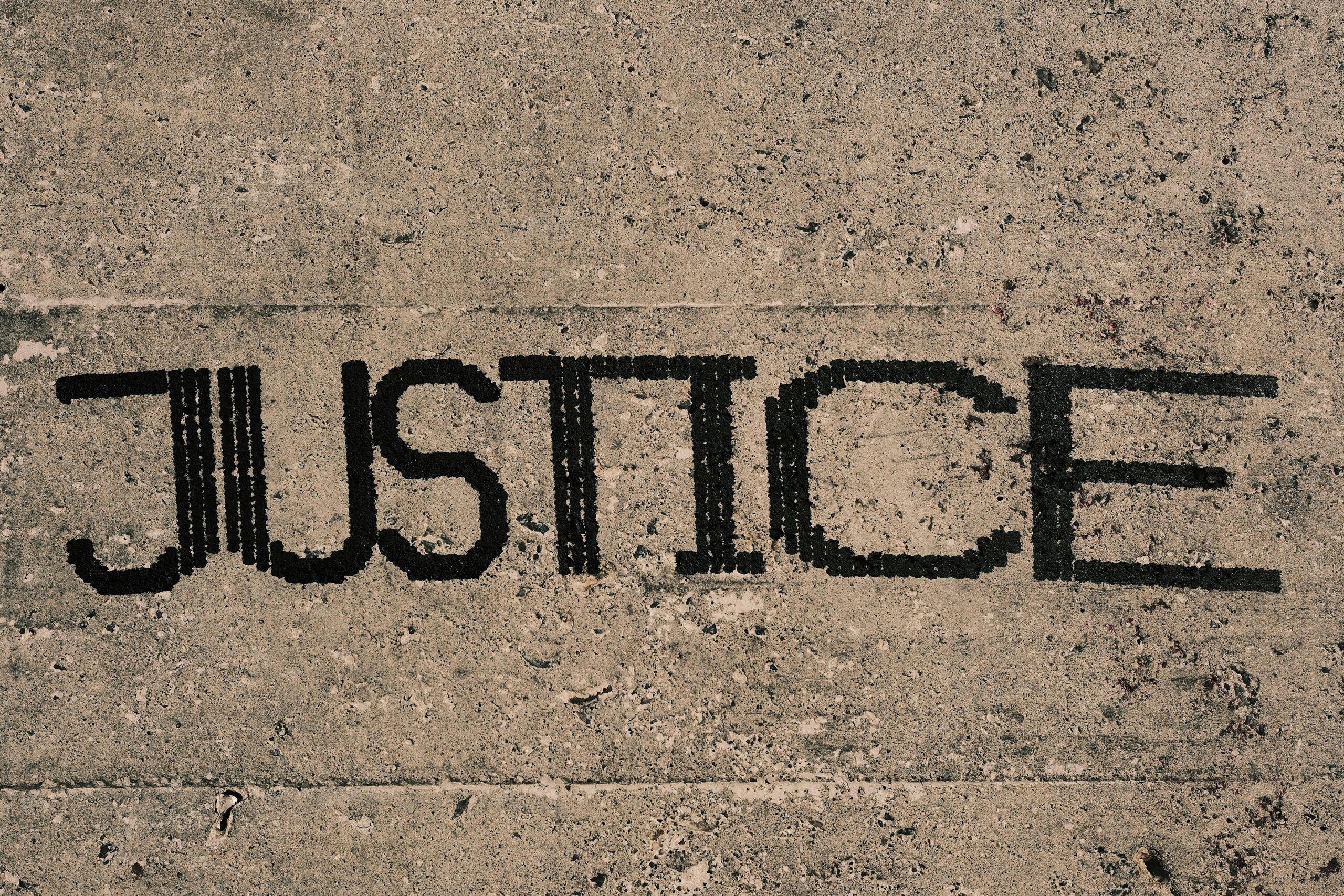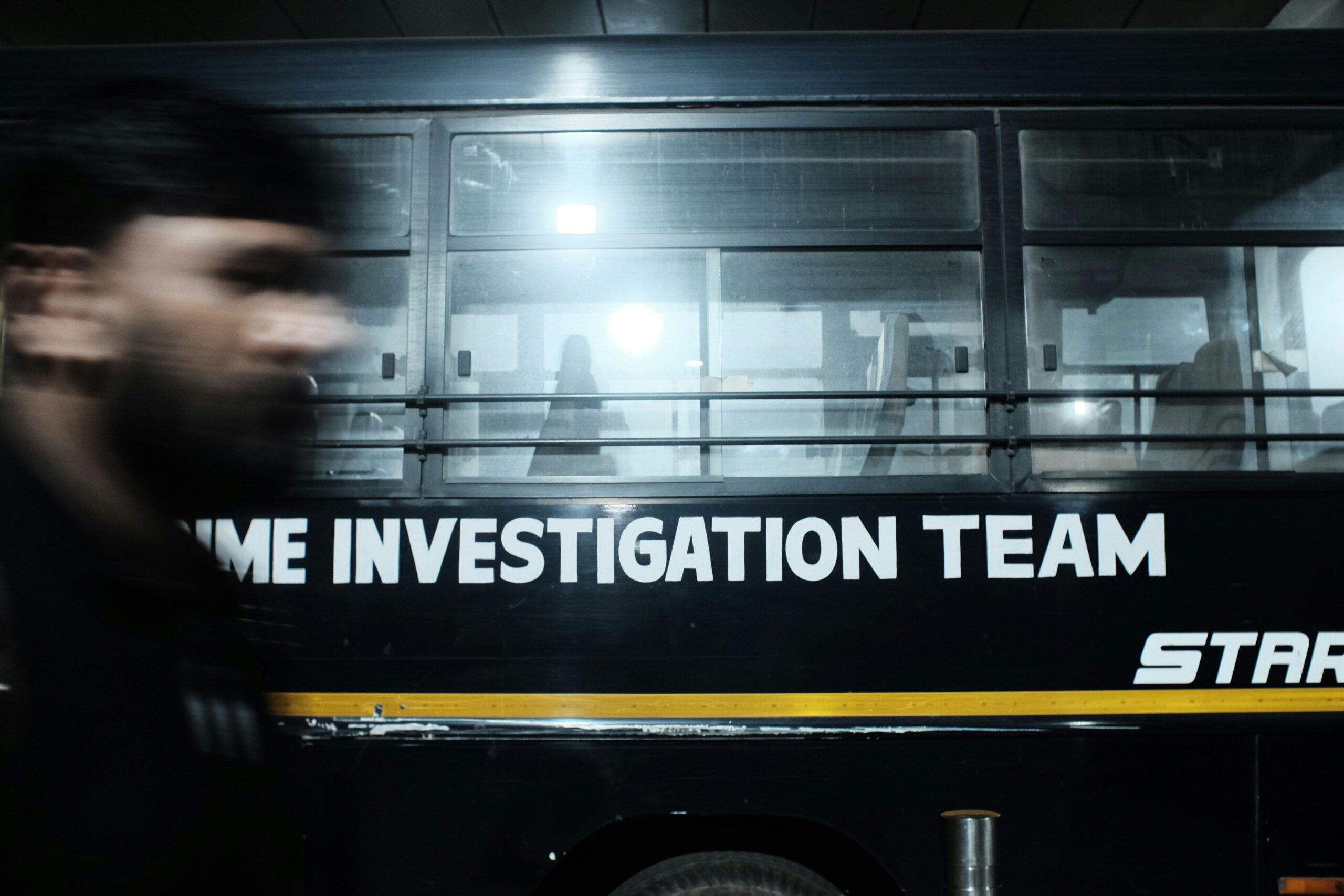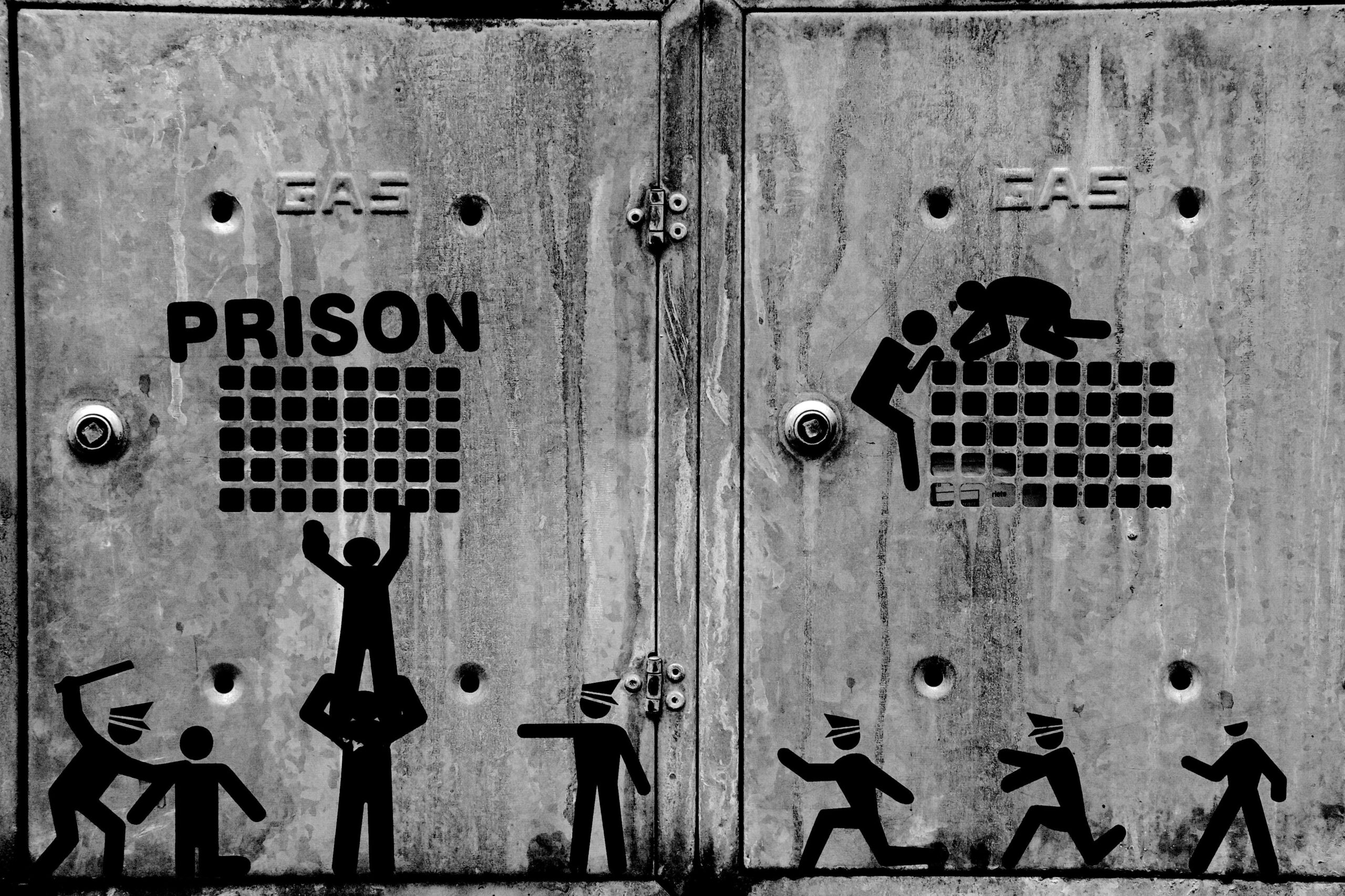Every child’s story holds a key—one that can unlock hidden truths, bring justice, and pave the way for healing. But how do professionals gently navigate the delicate and often complex conversations with children who have experienced trauma? Welcome to the world of forensic interviews, where empathy meets careful technique to uncover facts without causing further harm. In this article, we’ll dive into the intriguing and vital process of forensic interviews with child victims—exploring how experts create safe spaces for little voices to be heard, and why these conversations are so crucial in the pursuit of truth. Curious to learn how truth and trust intertwine in this sensitive journey? Let’s explore together.
Table of Contents
- Understanding the Delicate Dynamics of Forensic Interviews with Children
- Exploring Techniques That Build Trust and Encourage Honest Communication
- Navigating Challenges and Avoiding Common Pitfalls in Child Forensic Interviews
- Practical Tips for Professionals to Enhance Accuracy and Support Recovery
- In Retrospect
Understanding the Delicate Dynamics of Forensic Interviews with Children
The process of interviewing children in forensic settings demands a level of sensitivity and skill that goes beyond typical investigative techniques. Children, especially those who have endured trauma, often communicate in subtle, non-linear ways that challenge even the most experienced professionals. Understanding their unique modes of expression—whether through play, drawings, or hesitant speech—is crucial. The interviewer must create an atmosphere of trust and safety, allowing the child to feel heard without pressure or intimidation. This delicate balance not only facilitates accurate information gathering but also helps in preserving the child’s emotional well-being throughout the process.
Key considerations in these interviews include:
- Developmental appropriateness: Tailoring questions and communication style to suit the child’s age and cognitive abilities.
- Neutrality and non-suggestiveness: Ensuring questions do not lead or influence the child’s responses.
- Building rapport: Establishing a connection that encourages openness and honesty without causing additional harm.
- Observation of non-verbal cues: Reading body language, facial expressions, and tone for deeper insight.
Mastering these dynamics reveals the truth while respecting the child’s vulnerability, making forensic interviews a specialized art grounded in empathy and precision.
Exploring Techniques That Build Trust and Encourage Honest Communication
Building a foundation of trust with child victims is not just essential—it’s transformative. Forensic interviewers employ a variety of subtle techniques designed to create a safe space where children feel valued and understood. These include maintaining eye level during conversations, using open-ended questions, and demonstrating empathetic body language. When children sense genuine care and patience, their barriers begin to dissolve, allowing their voices to emerge with clarity and confidence. The environment itself becomes an unspoken participant, arranged to be non-threatening and familiar, which helps children relax and open up naturally.
Encouraging honest communication goes beyond just asking the right questions; it involves active listening and validation. Interviewers often incorporate:
- Gentle prompts to guide narratives without interruption
- Positive reinforcement to affirm the child’s courage in sharing
- Use of storytelling or drawing to express complex feelings indirectly
These tools collectively empower children to convey their experiences without fear of judgment or disbelief. By blending professionalism with heartfelt sensitivity, forensic interviews unlock truths that might otherwise remain hidden, ensuring the child’s story is told with integrity and compassion.
Navigating Challenges and Avoiding Common Pitfalls in Child Forensic Interviews
Conducting forensic interviews with children demands a delicate balance between thoroughness and sensitivity. One major hurdle lies in the child’s developmental stage and communication abilities, which can easily lead to misunderstandings or incomplete accounts if not handled with care. Interviewers must vigilantly avoid leading questions that might unintentionally plant ideas, as well as refrain from rushing the child, which can generate stress or confusion. It’s essential to cultivate a trusting atmosphere where the child feels safe and heard, allowing their own narrative to unfold naturally without external influence.
Common pitfalls can be sidestepped by adhering to best practices that emphasize respect and accuracy. Key strategies include:
- Utilizing open-ended prompts that encourage detailed storytelling.
- Being attentive to non-verbal cues and emotional shifts.
- Ensuring interviews are conducted in environments free from distractions or intimidation.
- Avoiding repeated questioning on the same topic to prevent inadvertent suggestion.
These approaches not only safeguard the integrity of the child’s testimony but also help uncover the truth in a compassionate and ethically sound manner.
Practical Tips for Professionals to Enhance Accuracy and Support Recovery
Ensuring accuracy during forensic interviews requires more than just a set of protocols—it demands a delicate balance of empathy and precision. Professionals can greatly benefit from establishing a calm and supportive environment, one where the child feels safe and empowered to share without pressure. Utilizing age-appropriate language and avoiding leading questions encourages genuine responses, helping to preserve the integrity of the child’s account. Additionally, harnessing tools such as structured interview models and consistent documentation can minimize the risk of distortion or memory contamination, further safeguarding the truth.
Recovery is a journey intertwined with every stage of the interview process. Practitioners should remain attuned not only to what is said but also to the child’s emotional cues, intervening gently when signs of distress emerge. Collaboration with multidisciplinary teams, including mental health professionals, amplifies the support network essential for healing. Embracing flexibility by allowing children to express themselves through drawing or play can also unlock truths that words sometimes fail to capture. Ultimately, thoughtful preparation and ongoing sensitivity transform forensic interviews into pathways that promote both justice and restoration.
- Create a trusting atmosphere: Warm greetings and non-threatening body language.
- Use open-ended questions: Encourage detailed narratives, not yes/no answers.
- Observe non-verbal signals: Emotion and hesitation may reveal crucial insights.
- Collaborate across disciplines: Integrate counselors to support emotional wellbeing.
- Allow creative outlets: Facilitate drawing or play to enhance communication.
In Retrospect
As we peel back the layers of forensic interviews with child victims, we step into a world where sensitivity meets science, and truth emerges through careful listening. These interviews are more than just a gathering of facts—they are a bridge that helps vulnerable voices be heard without adding further harm. Understanding the methods and challenges behind this process not only deepens our empathy but also highlights the crucial role these conversations play in justice and healing. So next time you hear about a forensic interview, remember: it’s a delicate dance of trust, patience, and hope, unlocking truths that can change lives forever. Curious to learn more? Keep exploring the fascinating ways professionals work to protect and empower the youngest survivors among us.










